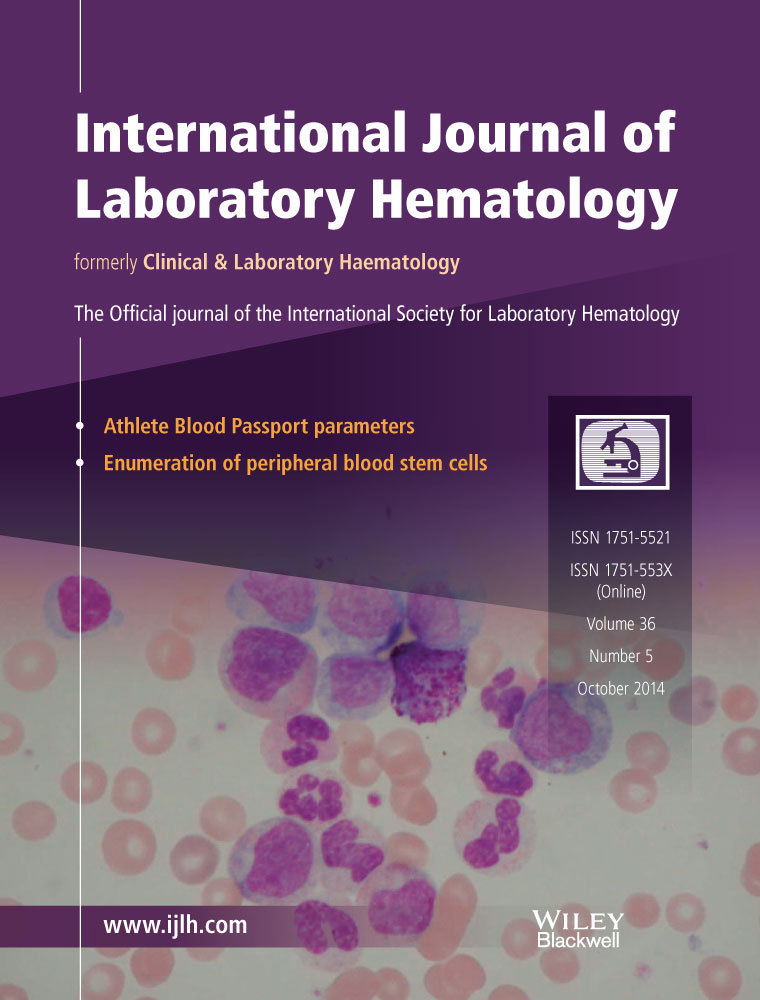D-dimer use for deep venous thrombosis exclusion in elderly patients: a comparative analysis of three different approaches to establish cut-off values for an assay with results expressed in D-dimer units
Summary
Introduction
The use of adapted cut-off values in the elderly, combined with clinical probability (PTP), increases the proportion of patients in whom venous thromboembolism (VTE) can be safely excluded, compared with the conventional cut-off value of 500 μg/L fibrinogen equivalent units (FEU). We evaluated the clinical performance of three different approaches to establish cut-off values for a D-dimer assay whose results are expressed in D-dimer units (D-DU).
Methods
HemosIL D-dimer HS assay (Instrumentation Laboratory) was performed in 279 consecutive outpatients with suspected deep venous thrombosis (DVT) and nonhigh PTP.
Results
Considering patients >60 years, the number of negative D-dimer results increased using the modified (376 ng/mL if ≥60 years) and the age-adjusted cut-off (age years × 5 ng/mL if >50 years) compared to the conventional one (230 ng/mL for all patients; 54.6%, 58.2%, and 25.0%, respectively), with no false-negative results. The higher increase was observed in patients >80 years (43.9%, 56.1%, and 8.8%, respectively).
Conclusion
For the HemosIL D-dimer HS, the use of specific cut-off values in older subjects with suspected DVT and nonhigh PTP increases the number of patients in whom DVT can be safely excluded.




